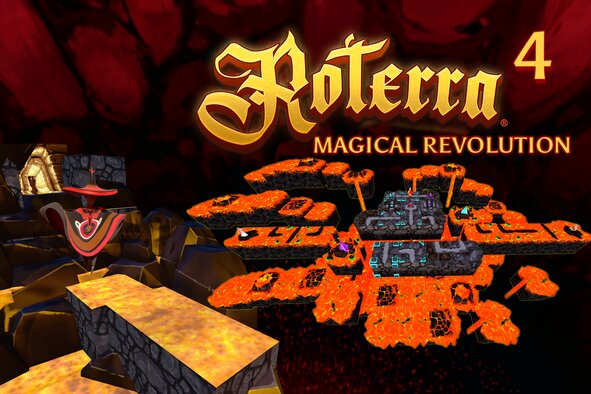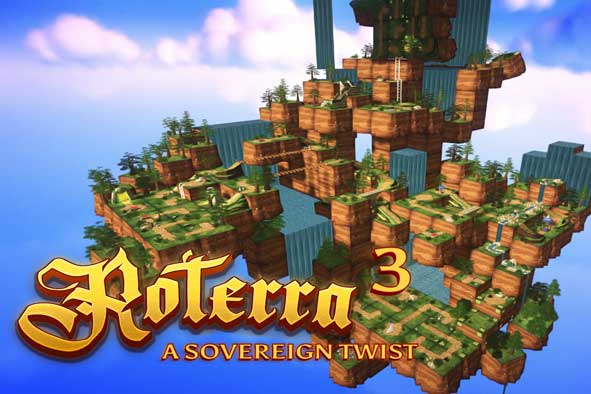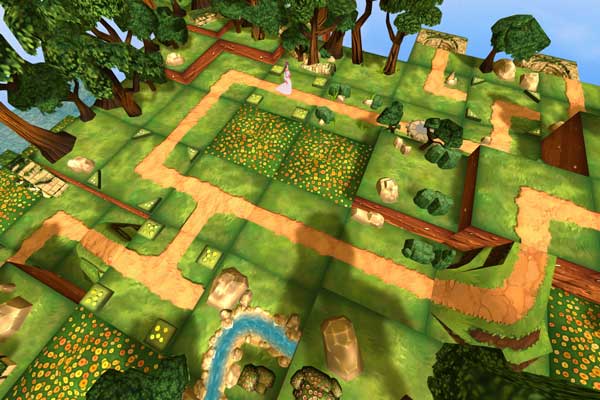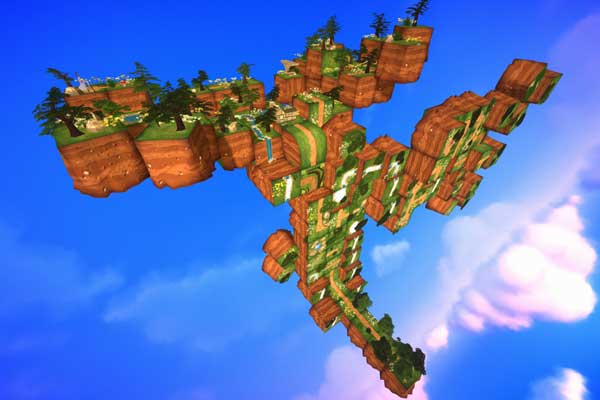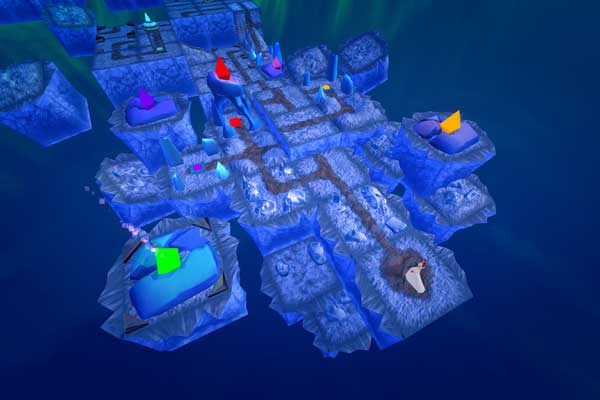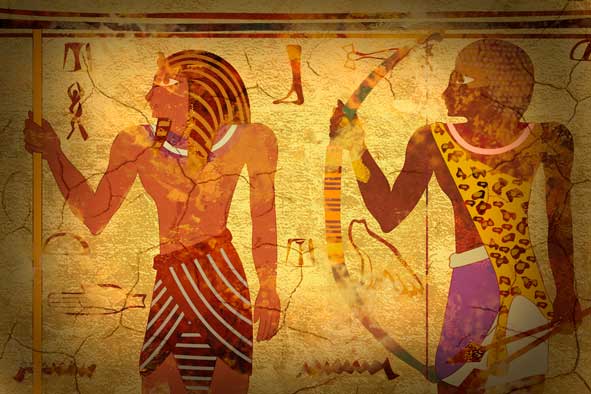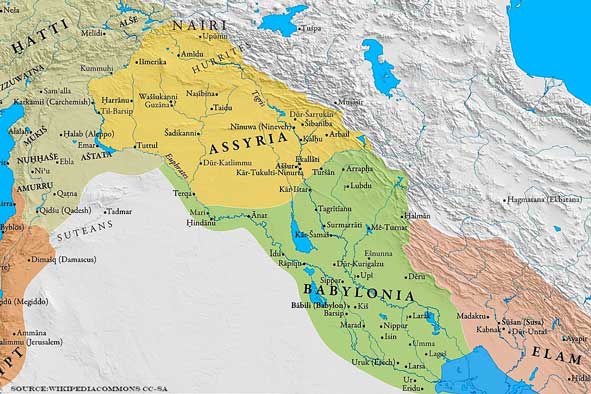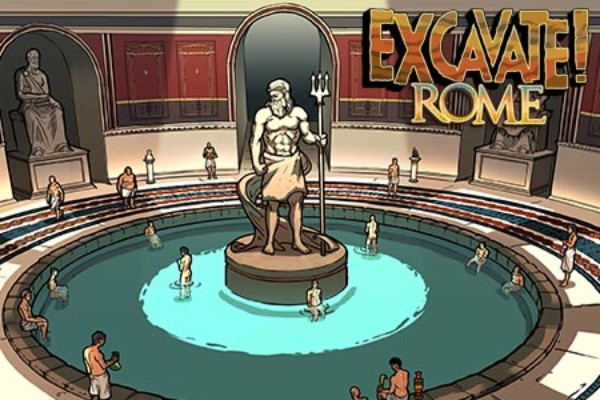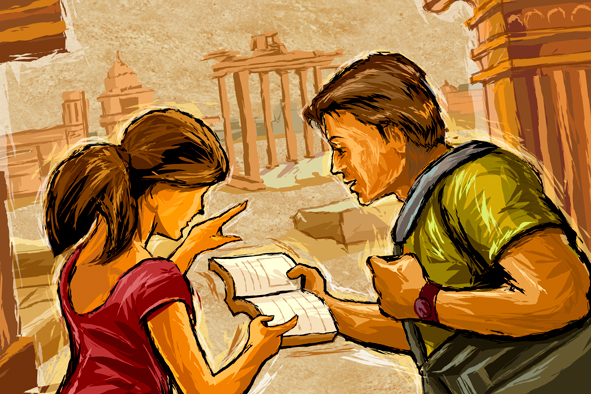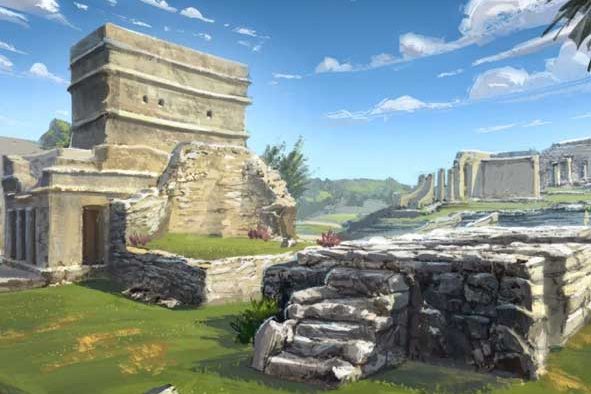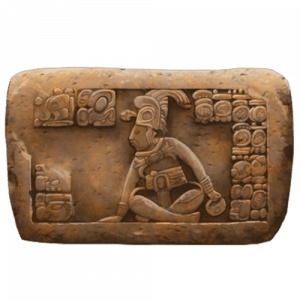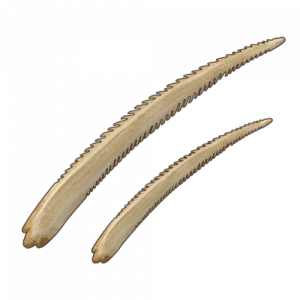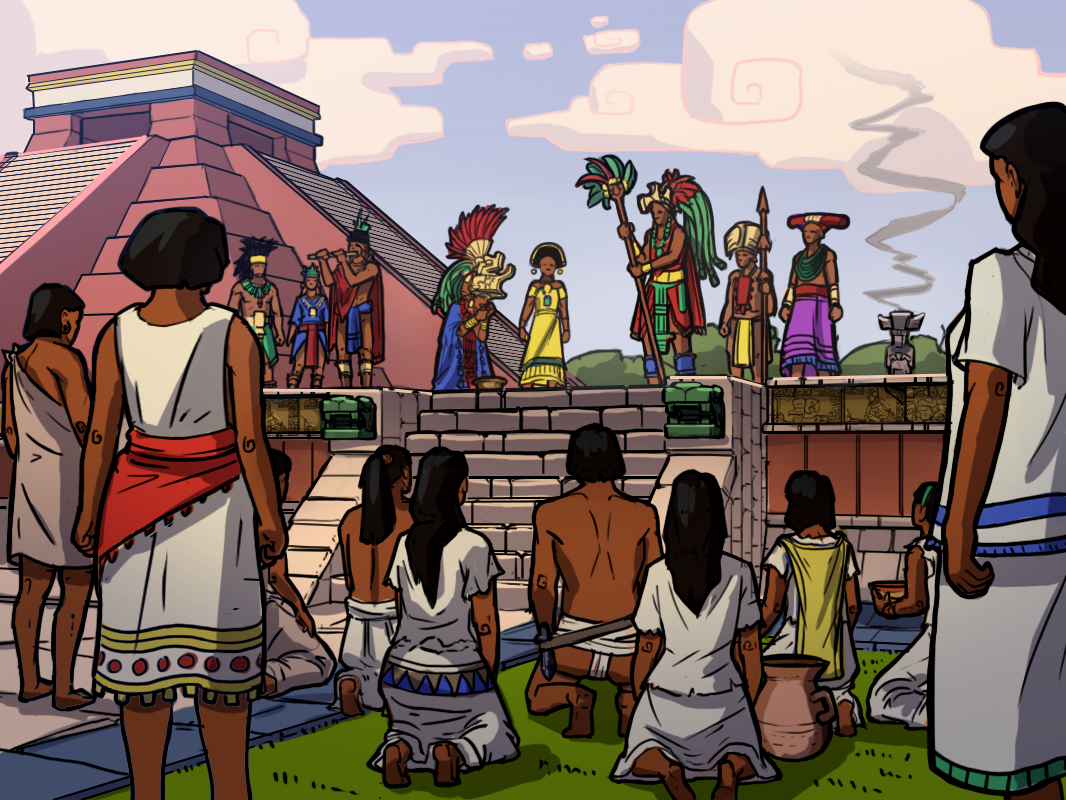Cozy Up To Your Next Puzzle Adventure!
Bethesda, MD December 10, 2024 – DiG-iT! Games today announced the release of “Roterra® – Just Puzzles,” a free version of their popular puzzle game celebrating Roterra’s 5th anniversary. This special edition delivers the series’ signature mind-bending maze challenges with enhanced graphics and new puzzle mechanics.
“Roterra – Just Puzzles” introduces players to an engaging world of spatial reasoning and strategic thinking. Players guide a cast of characters including Angelica, Orlando, wizards, and knights through intricate, block-based mazes. The game features innovative mechanics such as hidden blocks, path-swapping gems, and strategic switches that transform the gameplay environment.
The free release makes the award-winning puzzle experience accessible to new players while offering fresh challenges for existing fans. Each maze requires players to think in new dimensions, manipulating the environment to create paths forward in unexpected ways.
Key Features:
• Brand new puzzles designed specifically for this anniversary edition
• Updated graphics enhancing the visual experience
• Multiple playable characters including Angelica, Orlando, wizards, and knights
• Innovative gameplay mechanics featuring hidden blocks and path-swapping gems
• Free access to the core Roterra puzzle experience
* New help feature provides solutions for every puzzle
“Roterra – Just Puzzles” is available now as a free download, offering players a perfect opportunity to experience the magic of Roterra’s unique puzzle-solving gameplay. This also marks a return of Roterra to Android.
Apple Store Link: https://apps.apple.com/lv/app/roterra-just-puzzles/id6701984938
Google Play Link: https://play.google.com/store/apps/details?id=com.digitgames.roterra5&hl=en
Website: https://playroterra.com/mobile-puzzle-games-ios/roterra-5-just-puzzles-maze-game
Trailer: https://youtu.be/sm1gRHBRYQc







